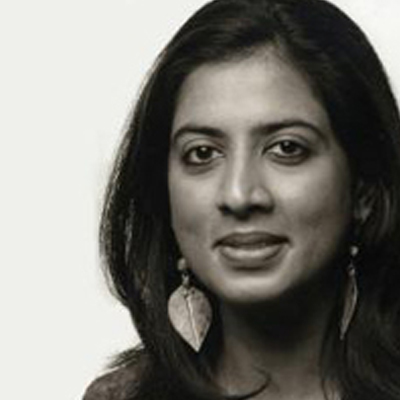More information
As a poet, Arundhathi has been invited to literary conferences and festivals in various parts of India, as well as in the UK, Italy, Spain, Holland, Turkey, China, West Africa and Israel, and her work has been translated into several languages, including Hindi, Tamil, Italian and Spanish.
She has received the Raza Award for Poetry (2009), as well as the Charles Wallace Fellowship (for a 3-month writing residency at the University of Stirling) in 2003; the Visiting Arts Fellowship for a poetry tour of the UK (organized by the Poetry Society) in 2006; and the Homi Bhabha Fellowship in 2012. Her recent book, When God is a Traveller (Bloodaxe Books, 2014), is a Poetry Book Society Choice shortlisted for the T.S. Eliot Prize.
In 2004, she was invited to edit the India domain of the Poetry International Web which grew into a significant web journal of contemporary Indian poetry.
Her poetry has been published in various international journals and anthologies, including Reasons for Belonging: Fourteen Contemporary Poets (Penguin India); Sixty Indian Poets (Penguin India), Both Sides of the Sky (National Book Trust, India), We Speak in Changing Languages (Sahitya Akademi), Fulcrum No 4: An Annual of Poetry and Aesthetics (Fulcrum Poetry Press, US) The Bloodaxe Book of Contemporary Indian Poets (Bloodaxe, UK) and Atlas: New Writing (Crossword/ Aark Arts).
Arundhathi has worked at the National Centre for the Performing Arts, Mumbai, for several years, leading a discussion-based inter-arts forum named Chauraha. She has also been Head of Indian Classical Dance at the NCPA. She has written on literature, classical dance, theatre and culture for various newspapers (including The Times of India, The Hindu, The Indian Express, among others) since 1989. She has also been columnist on culture and literature for Time Out, Mumbai, The Indian Express and New Woman.

